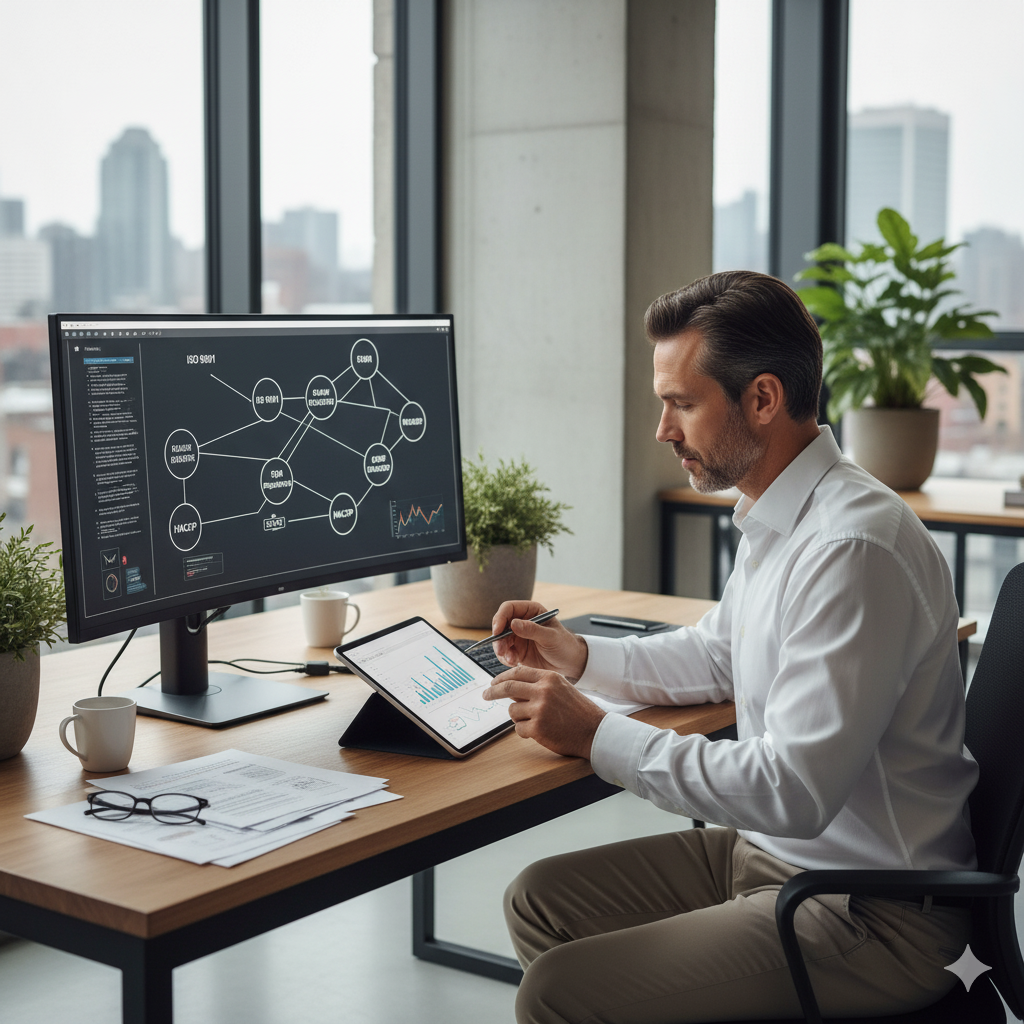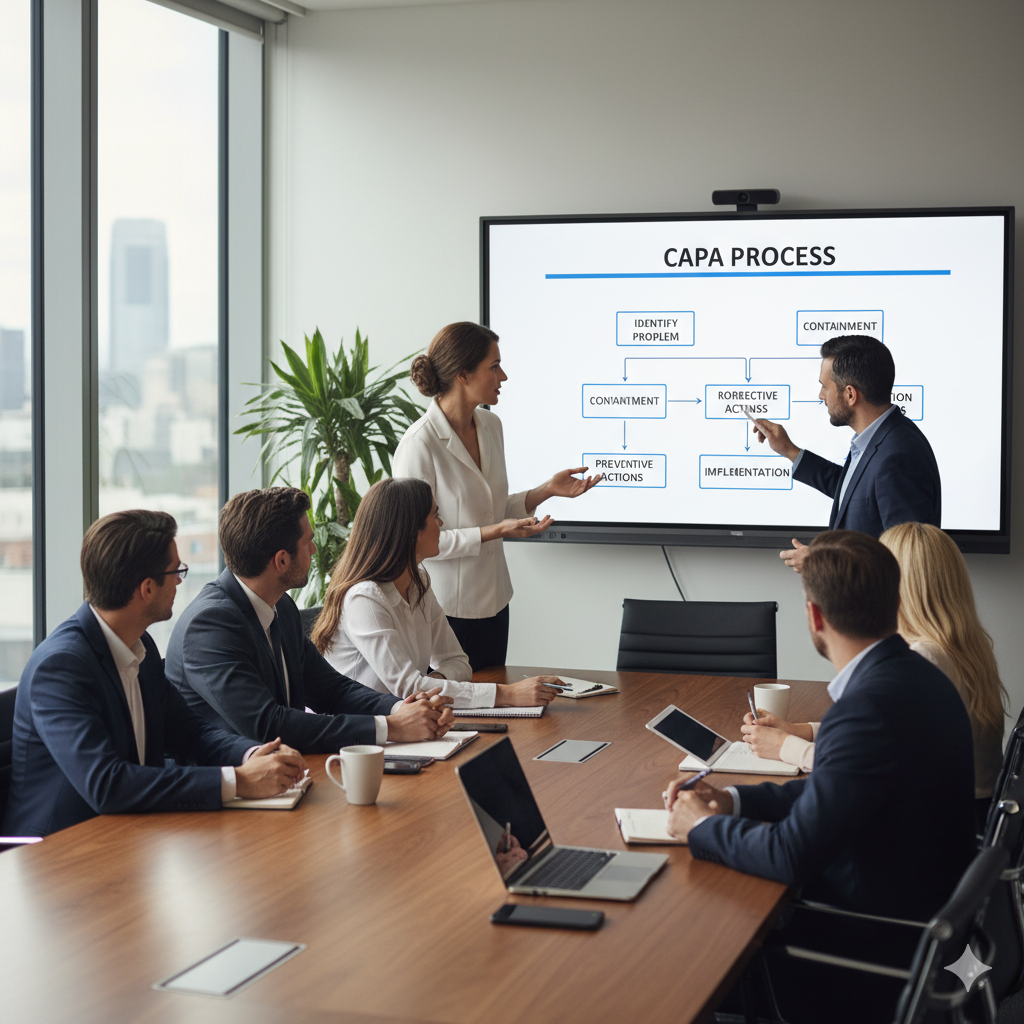steps for Root Cause Analysis
Root Cause Analysis: A Guide to Identifying and Addressing the Underlying Causes of Problems
Every organization, no matter how efficient or well-managed, experiences problems from time to time. These problems can range from minor hiccups to major crises, and can have significant impacts on operations, customer satisfaction, and the bottom line. When problems occur, it's important to not just address the symptoms, but to identify and address the underlying causes to prevent the problem from recurring in the future. That's where root cause analysis comes in.
Root cause analysis is a systematic process for identifying the underlying causes of a problem or issue. It involves looking beyond the immediate symptoms of the problem to identify the root cause(s) and develop corrective actions to prevent the problem from happening again. One effective tool for conducting root cause analysis is the fishbone diagram.
The fishbone diagram, also known as the Ishikawa diagram or cause-and-effect diagram, is a visual representation of the various factors that could be contributing to a problem. It is called a fishbone diagram because it looks like a fish skeleton, with the head of the fish representing the problem and the "bones" representing the different categories of potential causes.
Here's a step-by-step guide for conducting root cause analysis using a fishbone diagram:
Step 1: Define the problem
The first step in conducting root cause analysis is to define the problem that needs to be addressed. This could be a quality issue, a customer complaint, a safety concern, or any other problem that is impacting operations or outcomes.
Step 2: Form a team
Next, form a team of individuals who are familiar with the process, system, or product in question, and who have the necessary knowledge and expertise to contribute to the root cause analysis process.
Step 3: Identify the categories
Using a whiteboard or flipchart, draw a fishbone diagram with the problem as the "head" of the fish and the categories as the "bones." The categories can vary depending on the problem being analyzed, but common categories include people, process, equipment, environment, and materials.
Step 4: Brainstorm potential causes
Working together as a team, brainstorm potential causes that could be contributing to the problem in each category, and write them down on the corresponding "bones" of the fishbone diagram.
Step 5: Analyze the causes
Review each of the potential causes identified on the fishbone diagram, and assess their likelihood of contributing to the problem. Use a voting system or other means to prioritize the potential causes.
Step 6: Identify the root cause(s)
Based on the analysis conducted in step 5, identify the root cause(s) of the problem. The root cause(s) are the underlying factors that are most likely to have contributed to the problem.
Step 7: Define the root cause(s)
Once the root cause(s) have been identified, work as a team to define them in more detail. This may involve further investigation or analysis to better understand the underlying factors that contributed to the problem.
Step 8: Mark the root cause(s)
Once the root cause(s) have been identified and defined, mark them on the fishbone diagram using a different color or shape, such as a star or circle. This will help to distinguish them from the other potential causes.
Step 9: Develop corrective actions
Once the root cause(s) have been identified, defined, and marked, work as a team to develop corrective actions that address the root cause(s) and prevent the problem from recurring in the future.
Step 10: Implement corrective actions
Implement the corrective actions developed in step 9, and monitor the process, system, or product to ensure that











